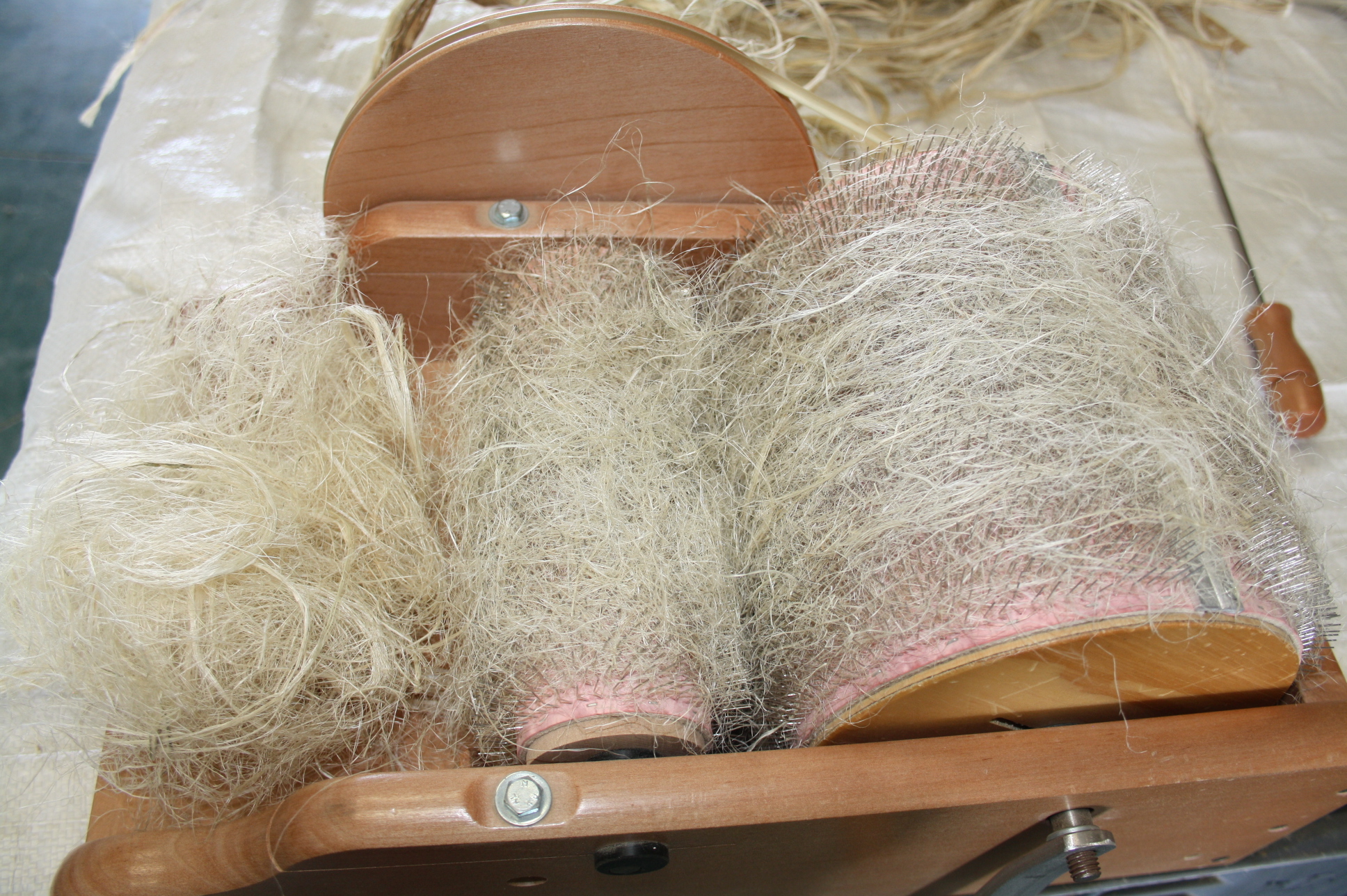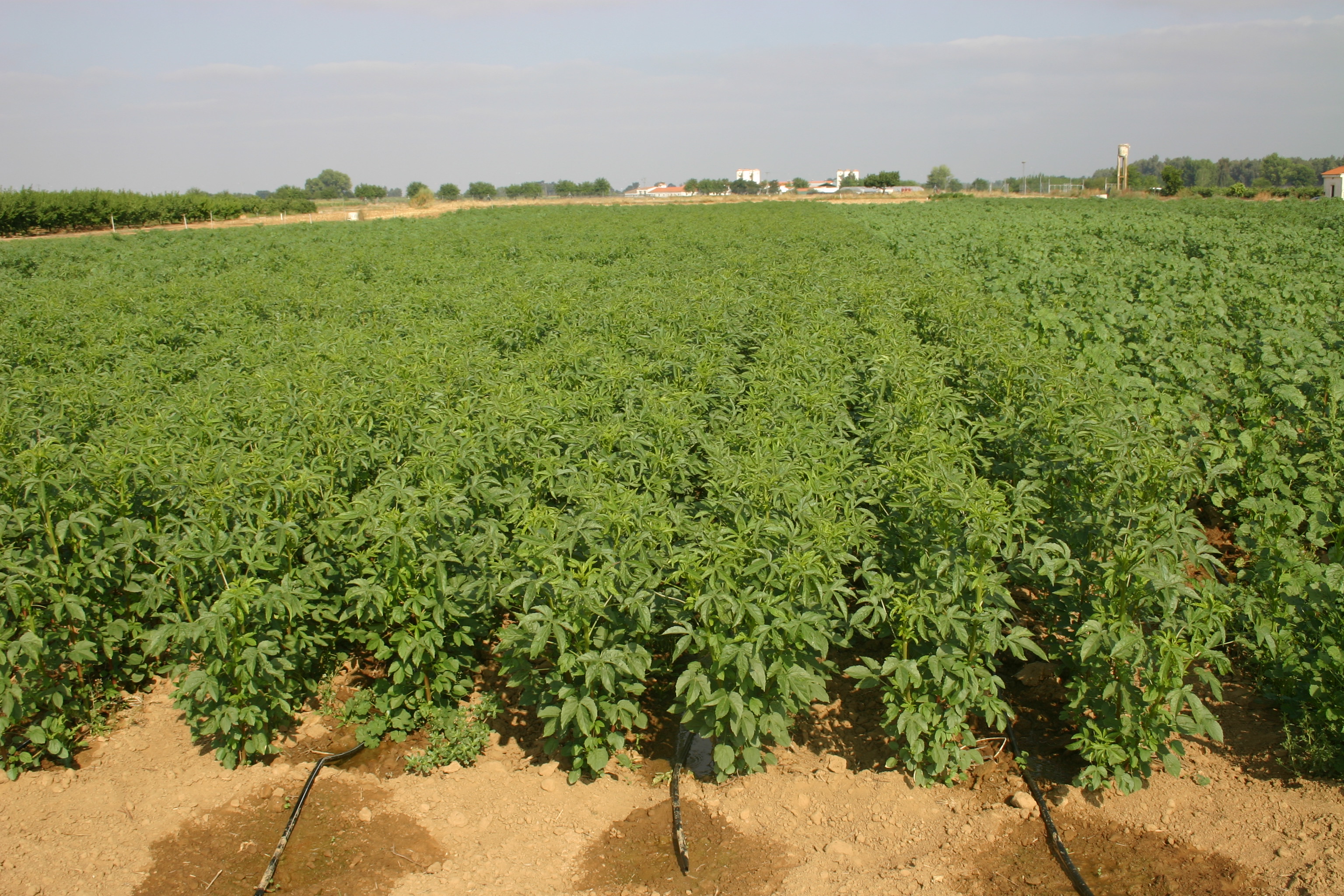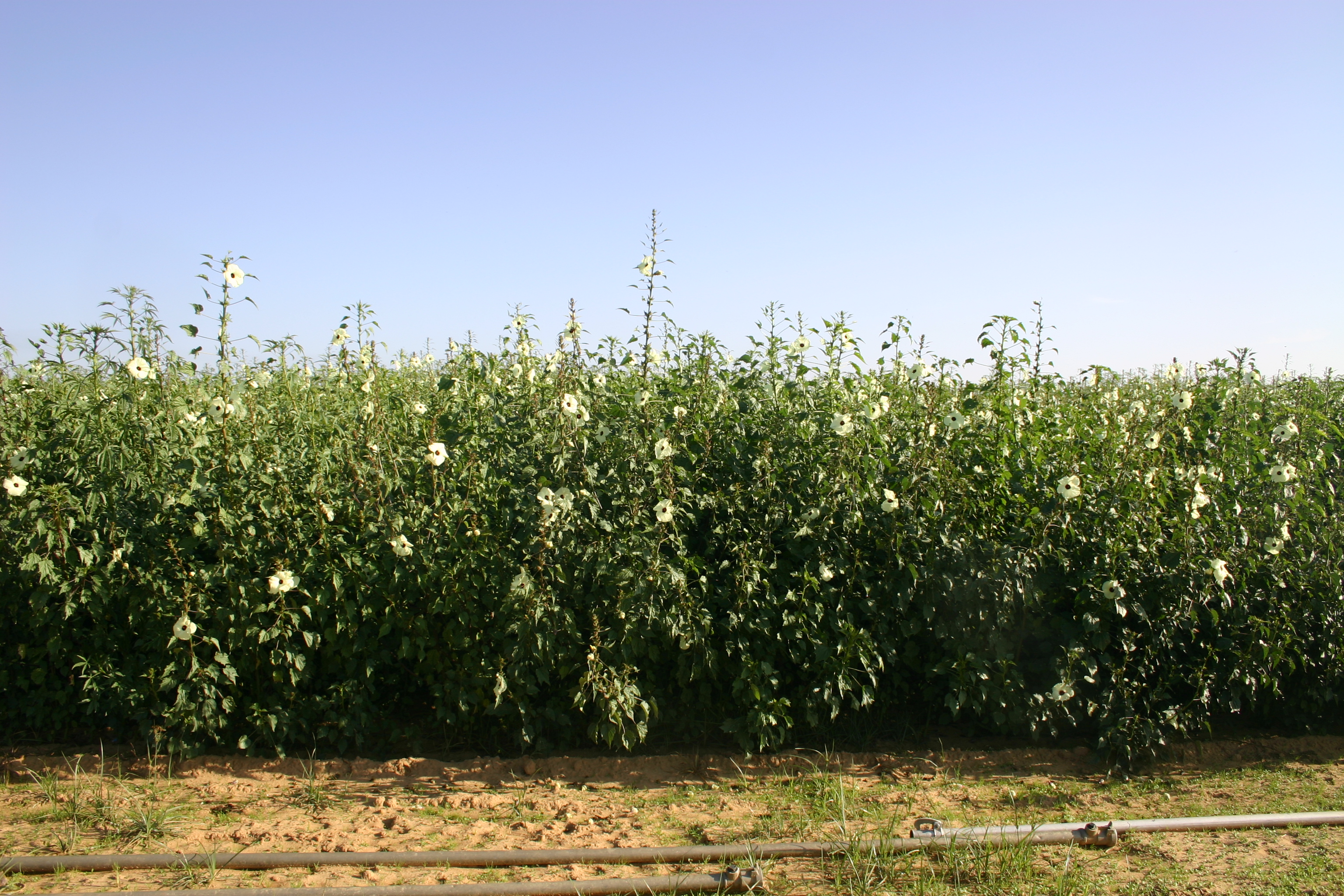
Energy-production fibre-rich crops
 General information
General information
Energy-production crops also include crops that are used to extract plant fibre to manufacture various materials and bioproducts. CICYTEX has opened a line of research on kenaf that focuses on crop agronomy and the use of the stem fibre.
 Properties of kenaf fibre
Properties of kenaf fibre
Kenaf is a herbaceous plant with an annual cycle that produces high amounts of biomass. Its long fibres can be used for the production of paper, oils, construction materials or bioconcrete. Kenaf fibres are strong and light enough to be successfully used in the automotive industry, as well as the construction industry to make blocks, partition wall panels, thermal insulation plasterboard, which means the use of less costly raw materials.
It is provided with adequate characteristics to replace fibreglass in plastic products. It can also be easily applied to plastic compounds in high percentages. It has excellent thermal-insulation and sound-proofing properties. While the kenaf’s long fibre –which is approximately 35% of the plant- is used for this purpose, the remainder can be used as biomass fuel. The involved energy savings can be approximately 17 kWh / m² in insulation terms (for 6-cm panels).
 Precedents of this crop in Extremadura
Precedents of this crop in Extremadura
This crop is grown in various areas, i.e. USA, Sudan, Egypt, India, Australia, China and Brazil, and to a lesser extent, Southern Europe. There are precedents of this crop also in Extremadura. Company KENAFESA (Kenaf Española, S.A.) was created in the 50’s in Vegas Bajas del Guadiana. This company was the first one to start out the first processes for drying and obtaining fibre deriving from flax, hemp and kenaf, which was mainly used to make rope. This crop and the company disappeared in the early 70’s with the introduction of synthetic fibres.
Kenaf is a photoperiod-sensitive short-day plant. This sensitivity allows us to classify it into early, late or very late plants (which flower from the start of September to mid-October) in the Iberian Peninsula. As an average, the growing period is 120 to 150 days’ long. As the growing period becomes longer (later flowering), the dry matter yield becomes higher, providing a larger proportion of long fibre. On the other hand, kenaf requires high temperatures to sprout and grow.
In Extremadura, this crop can be perfectly developed in irrigation lands, with the planting taking place between April and May and the cycle extending to September/ October.
 Kenaf testing at CICYTEX
Kenaf testing at CICYTEX
Kenaf testing began several years ago due to the growing demand of fibres being obtained from kenaf stem. The purpose was to replace plastic in the manufacture of bioproducts with renewable natural fibres, against the use of plastic materials deriving from petroleum.
Several varieties of kenaf are under study with the purpose of analysing their agronomic behaviour under the Extremadura climate and soil conditions. The production and yield of long and short fibres from the stem are under study.
Once their yield on the field is assessed, the use of the long fibre is analysed. The objective is to perform a simple procedure to make filaments with kenaf fibre for 3D-printing, creating a catalogue of higher value-added products to add to the number already in the market. In order to carry out all the projects associated with this line of research, we have a number of devices, such as an extruding machine for the manufacture of printing filaments and a 3D-printer to use the material.










